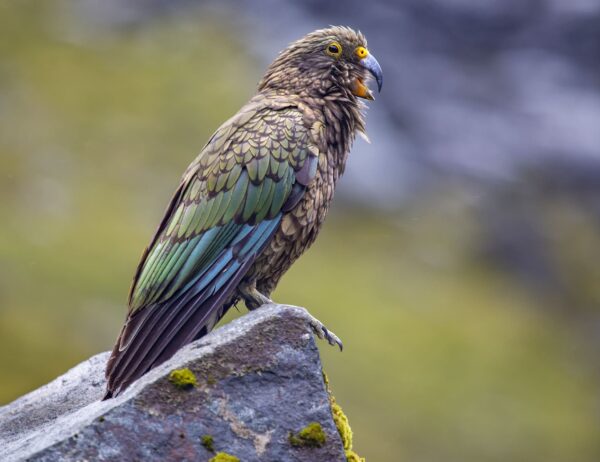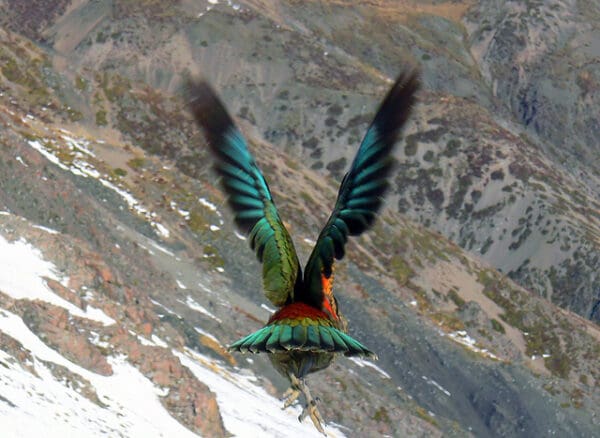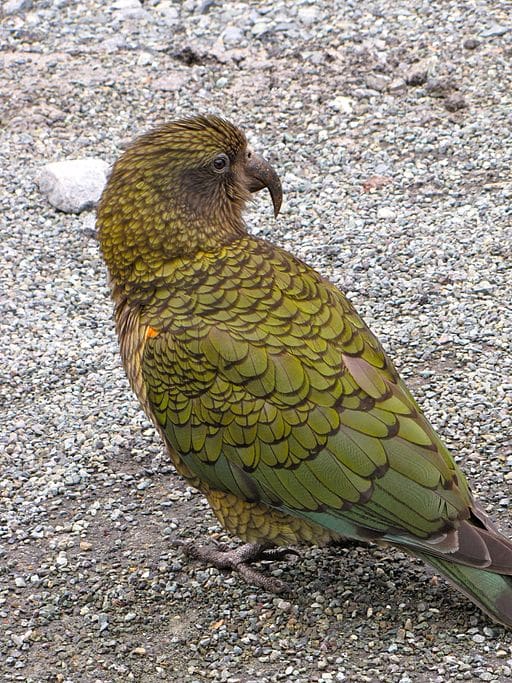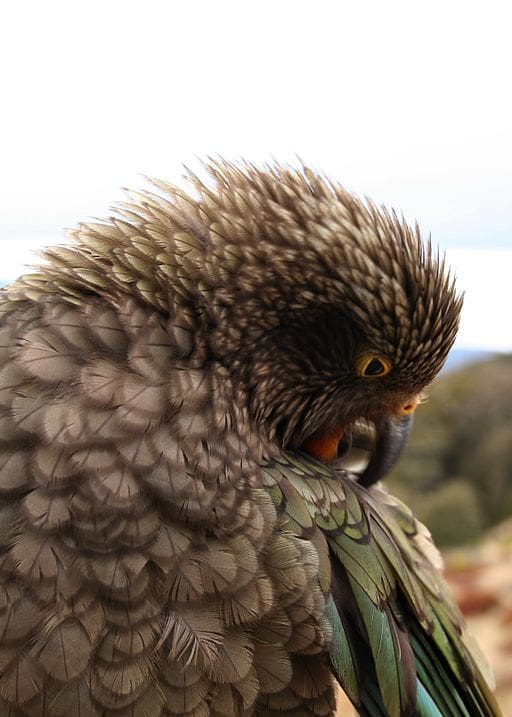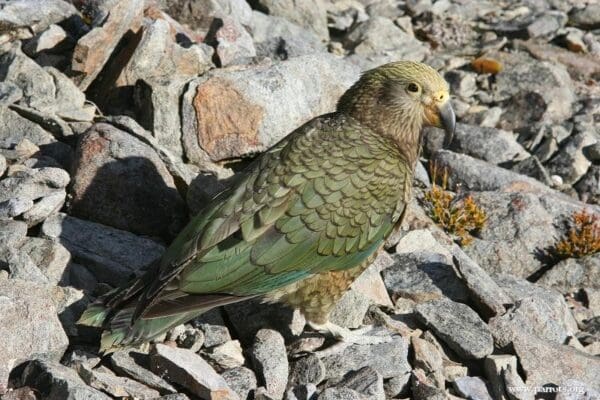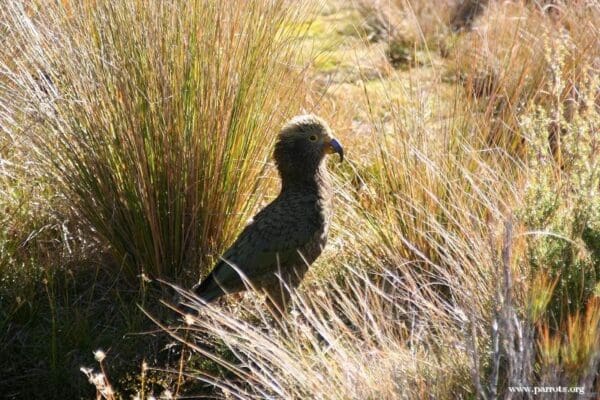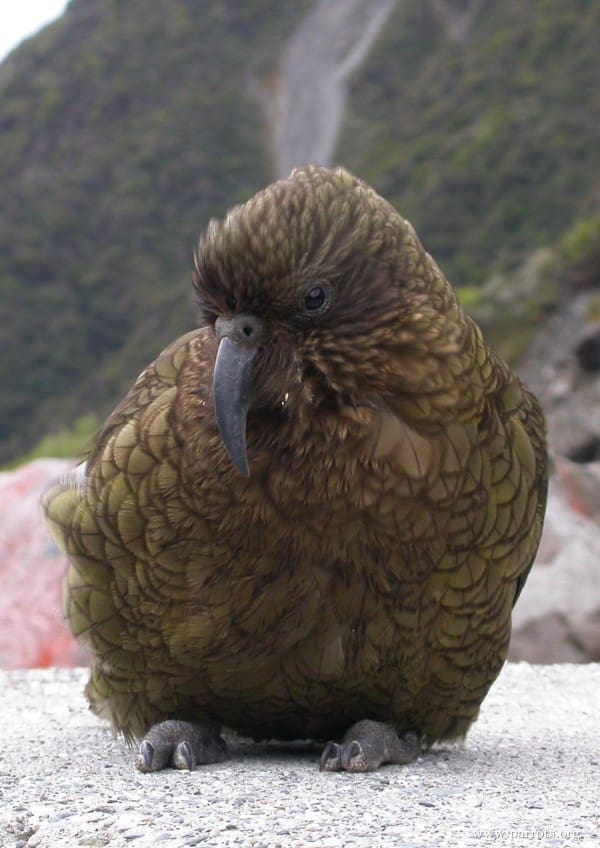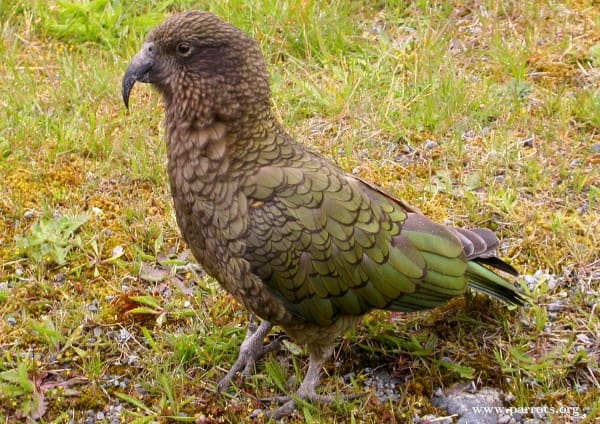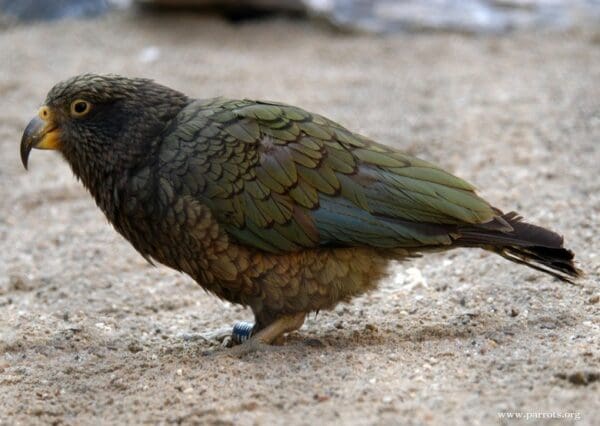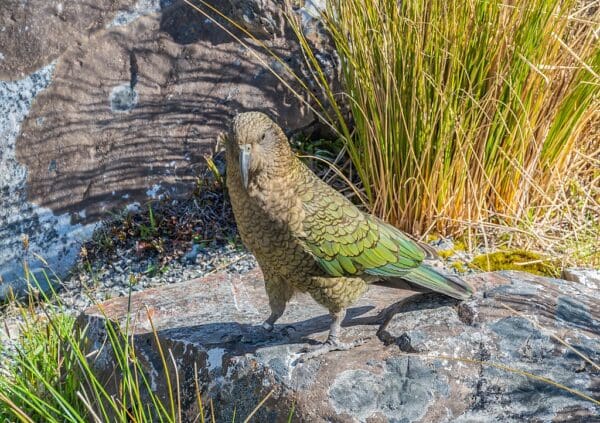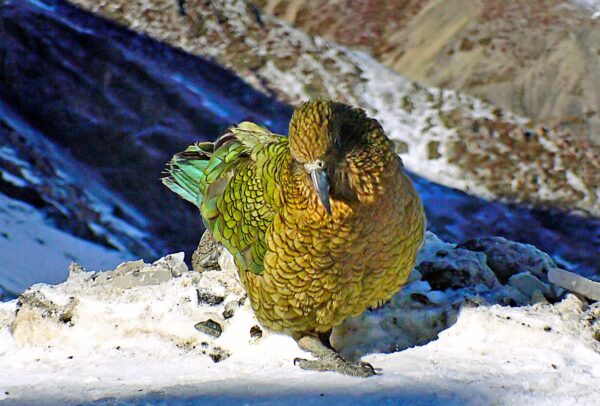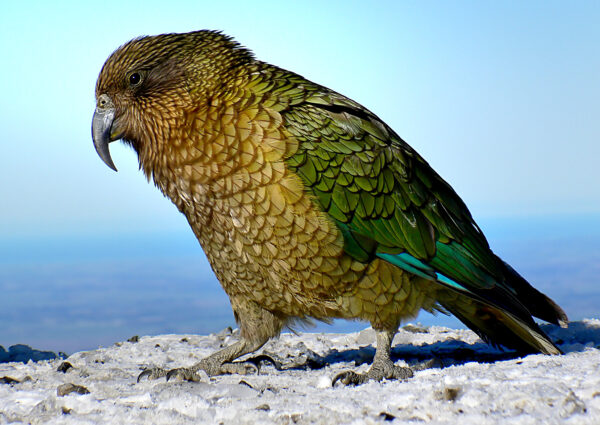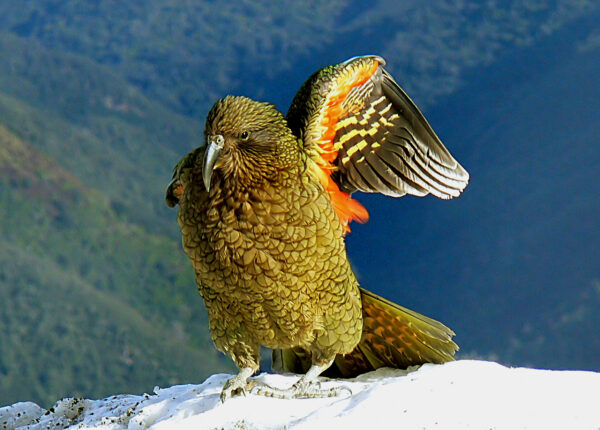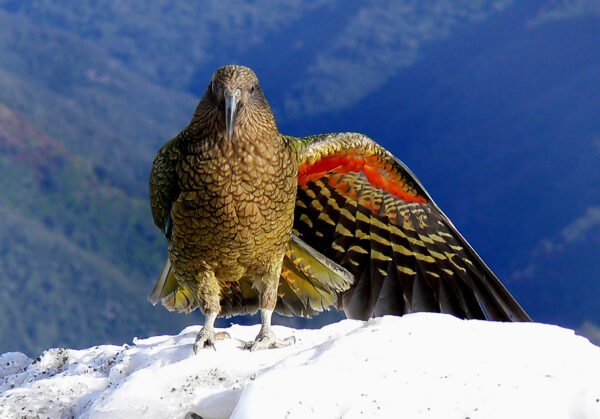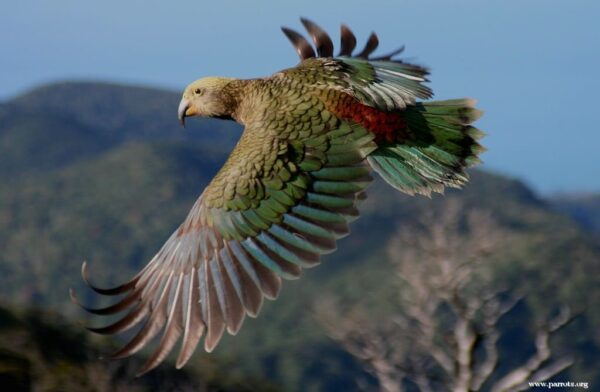Kea
Also known as:
Mountain Parrot
Also known as:
Mountain Parrot
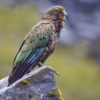
![© Bernard Spragg [CC BY-ND] via Flickr A wild Kea takes flight](https://parrots.org/wp-content/uploads/2023/01/wpt_Kea_1262-32-100x100.jpg)
![© Scott Wieman (Own work) [CC BY-SA 3.0] via Wikimedia Commons A wild Kea ambles on the ground](https://parrots.org/wp-content/uploads/2023/01/wpt_Kea_1262-30-100x100.jpg)
![© Glen Fergus (Own work) [CC BY-SA 2.5] via Wikimedia Commons A wild Kea preens itself](https://parrots.org/wp-content/uploads/2023/01/wpt_Kea_1262-29-100x100.jpg)
![© anoldent [CC BY-SA 2.0] via Wikimedia Commons Wild Keas take flight off a cliff](https://parrots.org/wp-content/uploads/2023/01/wpt_Kea_1262-28-100x100.jpg)

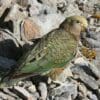
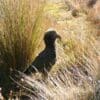
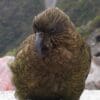
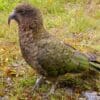
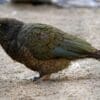
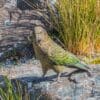
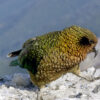
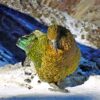
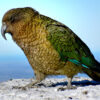
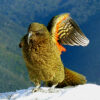

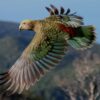
DID YOU KNOW?
Kea are so curious about their surroundings that they will explore any new man-made item that comes into their vicinity.

Nestor

notabilis
Size:
48 cm (18.7 in)
Weight:
900-1000 g (31.5-35 oz)
Subspecies including nominate:
one
Colour Adult:
Male-large, olive/green parrot with obvious orange under its wings; lores and ear coverts dark olive/brown; orange/red back and rump; outer webs of primary feathers dull blue; undersides of primary feathers barred orange/yellow; dull blue/green tail, striped black just before tip with orange/yellow bars on inner webs of outside feathers. Beak grey/brown and sharply projecting with elongated upper mandible. Eye dark brown, eye ring grey. Female-beak shorter, with less decurved upper mandible.
Colour Juvenile:
As in adult but cere and eye ring yellow instead of grey; base of lower mandible orange/yellow.
Call:
Calls while in flight, distinctive, prolonged keeee-ahh on descending scale. Also softer, babbling notes.
More Information:
Content Sources:
CITES
Avibase
BirdLife International
Cornell Lab of Ornithology/Birds of the World
Parrots: A Guide to Parrots of the World, Juniper and Parr, 1998
Parrots of the World, Forshaw and Cooper, 1989. 2010 edition
Parrots of the World, Forshaw, 2006.
Parrots in Aviculture, Low, 1992.
Captive Status:
Rare
Longevity:
Reports of 14-20 yrs.
Housing:
Enclosure at least 5 m (16.4 ft) square; also they spend a lot of time on the ground digging and playing, therefore a concrete floor is not recommended. A secure setting is essential.
Diet:
Spray millet, sprouted pulses and beans, cooked butterbeans and lentils, corn, green leaves of Swiss chard, lettuce, sowthistle, dandelion and chickweed; fresh vegetables such as: carrot, celery, zucchini, squash, green beans and peas in the pod; fresh fruit such as: apple, pear, orange, cactus fruits and bananas; whole vegetables such as beet, whole lettuce and cooked potatoes; cooked meat; cooked rice; complete kibble.
Enrichment:
Pool or overhead misters for bathing, dirt for digging and rolling around in, lots of bird-safe, unsprayed chewables (pine cones, fir, elder, willow and pine branches) and puzzle toys to dismantle. Also provide knotted vegetable tanned leather laced toys, as complex as possible.
Nest Box Size:
Large hollow tree trunk.
Clutch Size:
3 to 4
Fledging Age:
About 10 weeks.
Hatch Weight:
—
Peak Weight:
—
Weaning Weight:
—
World Population:
4000 mature individuals, rapidly decreasing.
IUCN Red List Status:
Endangered
CITES Listing:
Appendix II
Threat Summary:
This species has a restricted range: is found in South Island of New Zealand Endemic Bird Area. Is affected by introduced predators such as cats and stoats. Other species and farming practices may be depleting food sources. Lead in the environment is harming birds. Recent survey data indicate that Kea have undergone substantial recent decreases in areas such as Nelson Lakes National Park. The total population decline over the last three generations (36 years) is likely to have been more than 50%.
Range:
Mountainous areas of South Island, New Zealand, from Fiordland north to Nelson and Marlborough Provinces.
Habitat:
Confined to native forest in steep side valleys principally from 600-3000 m (1968-9840 ft). Also found around human settlements.
Wild Diet:
Feeds on flowering mountain flax (Phormium colensoi), rata (Metrosideros) and other trees and shrubs, berries of snow totara (Podocarpus nivalis), fruits of Coprosma ciliata, Cyathodes fraseri, Muehlenbeckia axillaris, Pentachondra pumila and Astelia nervosa, and leaves of Senecio scorzoneroides. Birds also take flesh and bone marrow from carcasses and will scavenge on rubbish dumps.
Ecology and Behaviour:
Active in early morning and late afternoon; often are heard before being seen in the treetops; engage in noisy pre-roosting acrobatics in evening. Sedentary in some districts but also seasonal wandering. Tame, playful and inquisitive. Groups of male Kea will forage around campsites and car parks. Appears to be essential for seed dispersal in New Zealand alpine ecosystems, as it consumes more fruit and disperses more seeds than all other bird species combined on long-distance trips.
Clutch and Egg Size:
3 to 4 elliptical eggs, 45.0 x 33.0 mm (1.7 x 1.3 in).
Breeding Season:
July-January. Nest is in rock crevice, in tree roots or in hollow log.
